News
10 Places In The U.S. Where You Can Still Spot Wild Mustangs Today
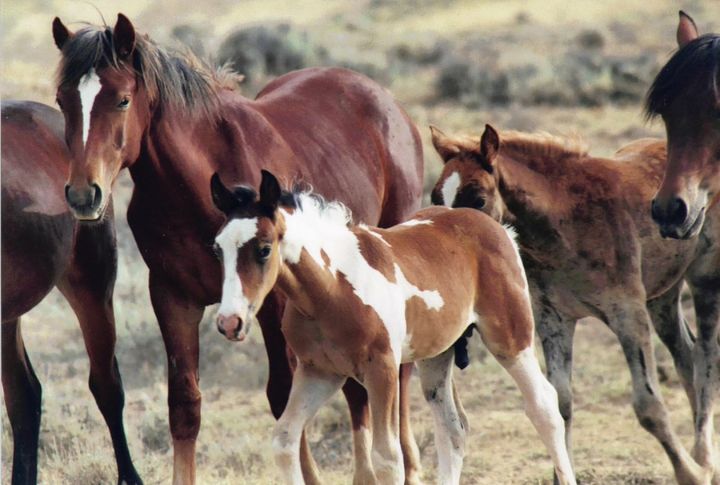
In parts of the American West, wild horses still roam as they have for generations. These herds aren’t fenced or domesticated—they live on public lands where survival requires strength and adaptation. Managed carefully through conservation programs, their presence endures. Read on to find out which regions still echo with the spirit of wild mustangs.
Montana: Pryor Mountain Mustangs
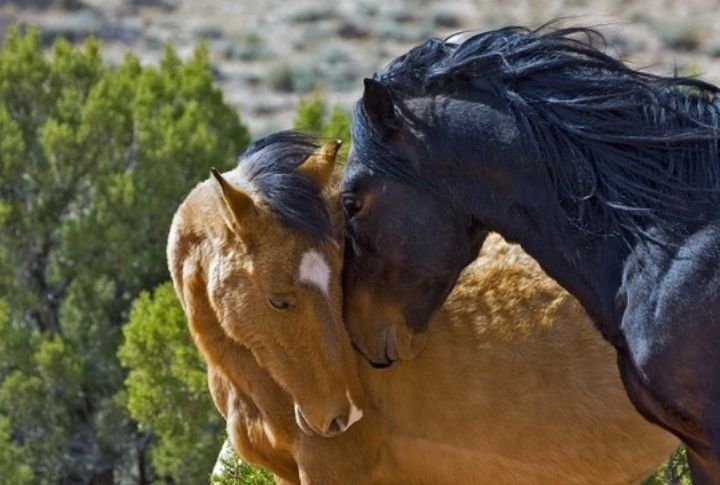
These mustangs trace back to Spanish horses introduced in the 1700s. The herd holds about 120 horses, known for their resilience in rocky terrain. A 2013 roundup sparked debate over wild horse management as some experts wonder whether their genetic purity remains intact due to past intermixing. This puts Pryor Mountain under national conservation attention.
Colorado: Sand Wash Basin Mustangs
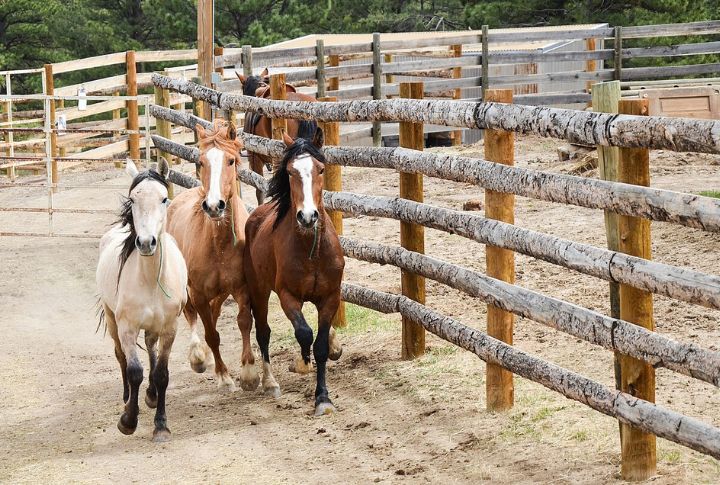
Strong social bonds define Sand Wash Basin herds, often seen grazing close together. Visitors can watch them from designated viewing areas like Lookout Mountain. The Bureau of Land Management carefully manages its numbers to maintain ecosystem balance and prevent overgrazing.
Wyoming: McCullough Peaks Mustangs

Winter reveals the toughness of these horses, who grow thick coats to survive snowy months. Local advocates, including Wild Horse Preservation groups, campaign to protect their habitat. Access restrictions limit human contact, with the BLM enforcing a 300-foot minimum viewing distance, allowing the herd to roam undisturbed on public lands.
Utah: Onaqui Mustangs
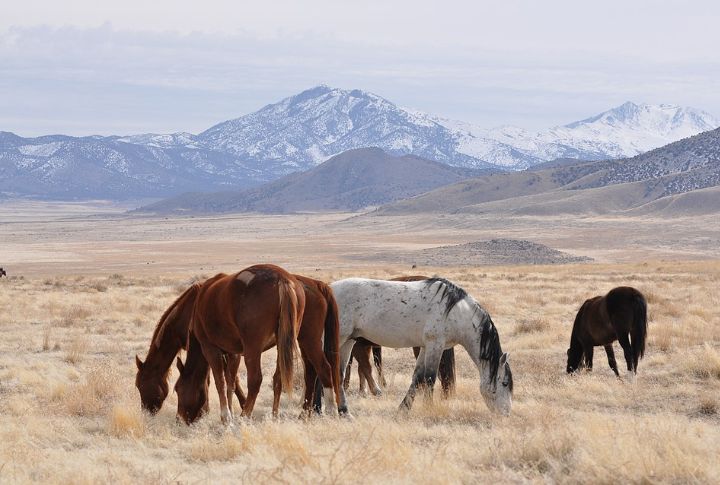
In 2019, the “Save Onaqui” campaign gained national attention, advocating for humane management. BLM has implemented fertility control measures to manage the herd size. The Onaqui herd roams across 240,000 acres of public land in western Utah, adapting to harsh desert conditions.
Oregon: Kiger Mustangs
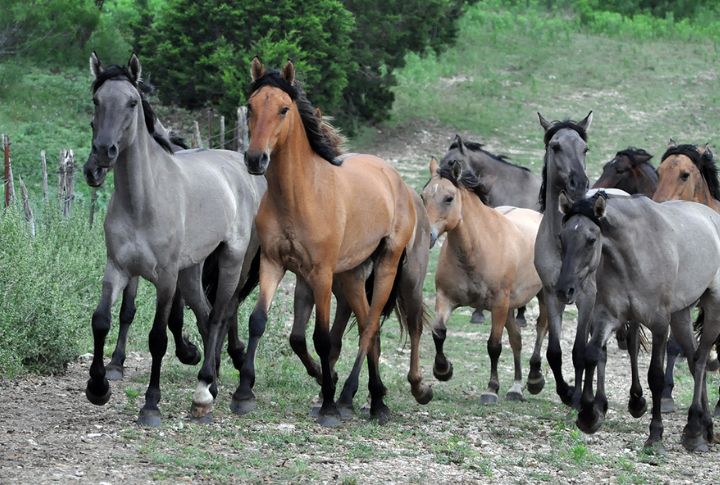
DNA testing has shown that Kiger mustangs descend largely from Spanish horses brought to North America in the 1600s. Their striking dun coloration and agility draw enthusiasts year-round. Within the two primary Herd Management Areas, herd numbers fluctuate around 80 to 130 horses combined and are mostly seen in the summer months.
Nevada: Cold Creek Mustangs
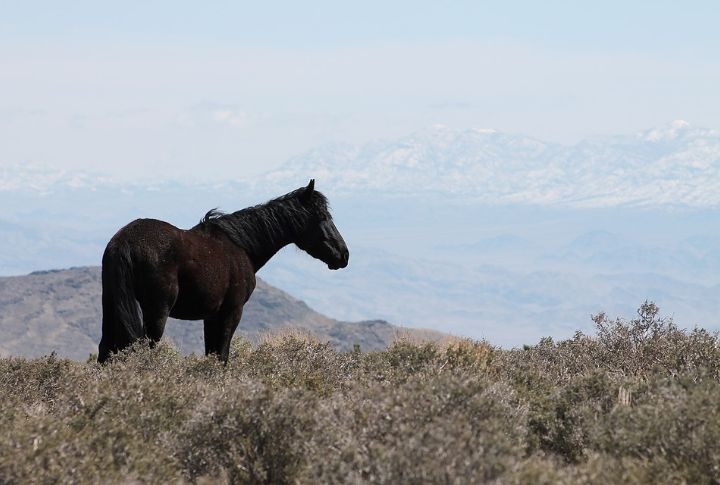
Surviving blistering summer heat in Nevada’s desert, these horses exhibit remarkable endurance. The BLM collaborates with nonprofits to provide water sources during droughts. You can see them all year round when herds gather near springs, and they are said to be descendants of horses abandoned by settlers and Native American tribes in the 1800s.
New Mexico: Bordo Atravesado Mustangs

Found in the high desert near Socorro, this herd stands out for its hardy nature and smaller numbers, often under 100, but can vary. Herd Management Area for them spans roughly 19,000 acres, providing rugged terrain for the mustangs to roam. Sightings are common during spring when forage draws them closer to public lands.
California: Twin Peaks Mustangs
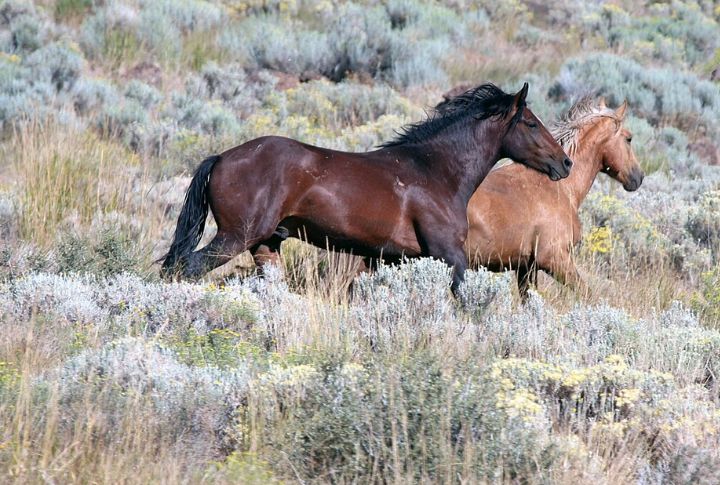
Photographers flock to Twin Peaks for breathtaking shots of horses navigating steep slopes. The origins of the herd are said to be from U.S. Army Cavalry remounts released before and during World War I. With an HMA that covers 798,000 acres, it is one of the largest wild horse ranges in the U.S.
Idaho: Challis Mustangs
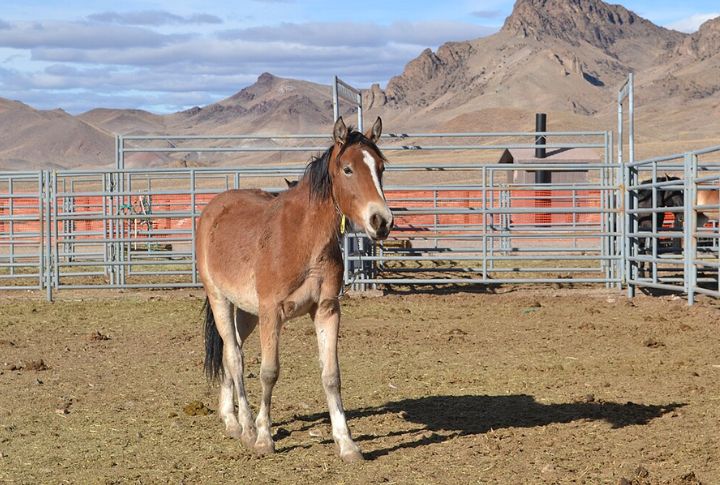
These mustangs roam the sagebrush-covered foothills of central Idaho. Known for their calm temperament and wide genetic variety, their ancestry goes back to the Iberian breeds that were brought to North America centuries ago. Fertility control measures, including PZP immunocontraception, help regulate the Challis Mustang population and maintain ecological balance.
Arizona: Cerbat Mustangs

Cerbat Mustangs travel long distances for water. In 2015, a harsh drought tested their limits, sparking local conservation drives. Community volunteers support ongoing efforts to safeguard these horses, recognizing their place in Arizona’s rugged mountain landscape. Among Spanish descendants, this herd is among the purest strains of Spanish horses in the U.S.

